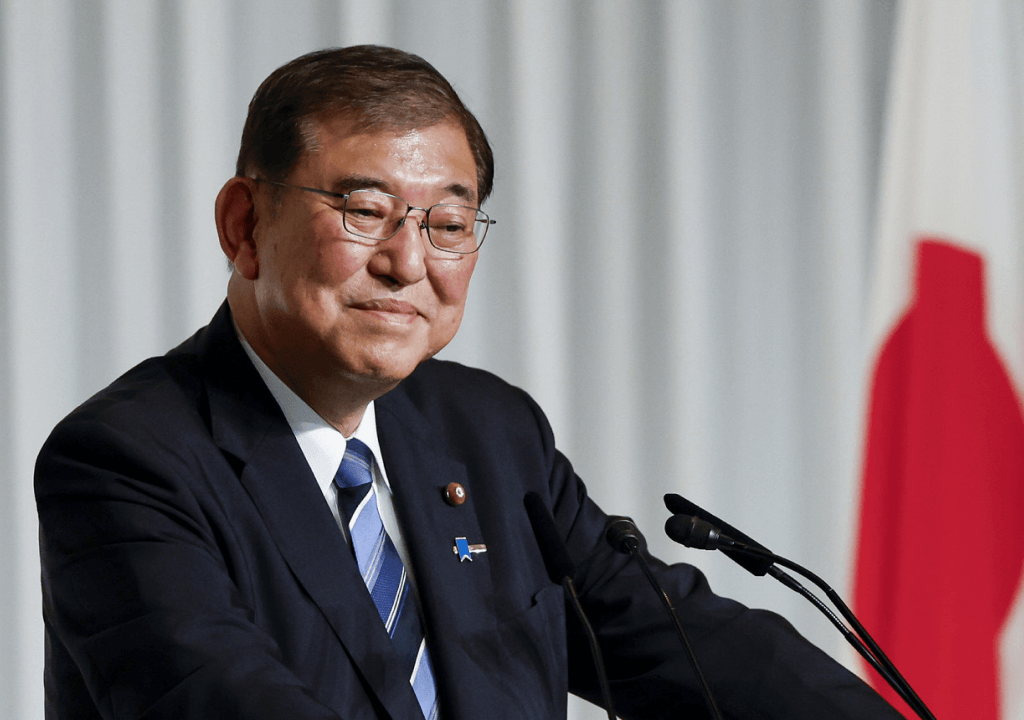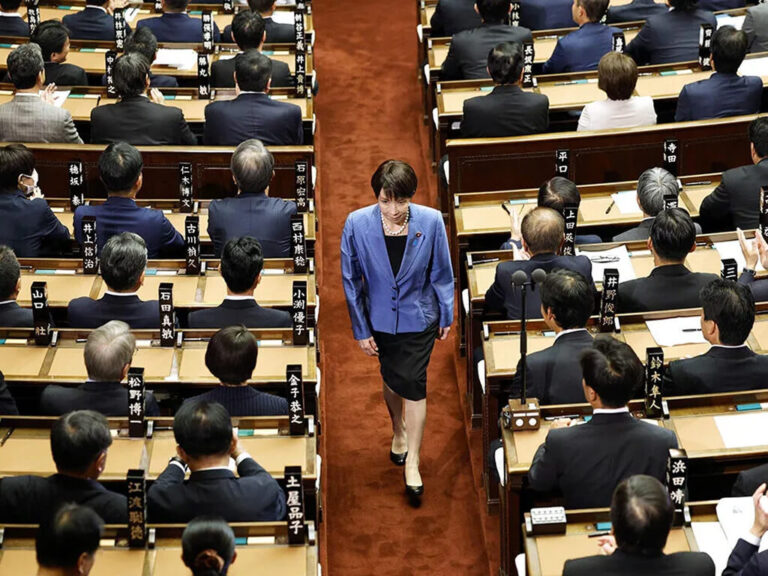Japan’s parliament on Tuesday elected Shigeru Ishiba, the newly appointed leader of the ruling Liberal Democratic Party (LDP), as the country’s next prime minister. His appointment will be formalized in traditional ceremonies at the Imperial Palace, where the emperor will officially confirm Ishiba and his newly assembled cabinet. In reorganizing the cabinet inherited from Fumio Kishida, Ishiba introduced significant changes, forming a 19-member team with only two women. Yoko Kamikawa, the outgoing foreign minister and one of five women in the previous administration, was replaced by former defense minister Takeshi Iwaya. Katsunobu Kato, who played a key role as health minister during the COVID-19 pandemic, was appointed finance minister, while Gen Nakatani took on the defense portfolio.
As anticipated, Ishiba also announced a snap election for October 27, just a month after assuming office and a full year ahead of the scheduled date, seeking a fresh mandate for his government.
Japan’s ruling Liberal Democratic Party (LDP) has selected Shigeru Ishiba to succeed Fumio Kishida as prime minister, following an internal vote on September 27. Ishiba, a 67-year-old veteran moderate and former defense minister, secured the position by defeating his right-wing rival, Sanae Takaichi, with a vote of 215 to 194. Takaichi had aimed to become Japan’s first female prime minister.
Ishiba’s victory is seen as an opportunity to harness his broad appeal among voters to rejuvenate the party after months of scandal and internal discord. As Japan’s new prime minister, he will face a host of challenges across multiple fronts. To succeed, Ishiba and his team must distance themselves from the controversies of the Kishida administration and present the public with a fresh agenda and new promises.
The leadership contest was set in motion after outgoing Prime Minister Fumio Kishida announced he would not seek re-election as LDP president, following a series of damaging fundraising scandals and a sharp decline in approval ratings. Citing the need for fresh leadership after a challenging period for the party, Kishida emphasized that his successor would need to lead a renewed LDP.
Ishiba expressed his confidence in restoring trust in the party and outlined his commitment to protecting Japan, its local communities, its laws, and its people once the election was concluded.
Now, tasked with revitalizing the party, Ishiba faces the challenge of addressing public frustration over rising living costs, a faltering economy, and the pressing issue of a shrinking and aging population. At the same time, he must navigate a volatile regional security environment, marked by an increasingly assertive China and the looming threat of a potentially nuclear-armed North Korea.
As a defense expert with a personal interest in building models of warplanes and ships, Ishiba has proposed the creation of an Asian version of NATO and is a strong advocate for Taiwan. He is widely regarded as a fitting leader for the region’s military buildup under the United States’ strategic framework. Additionally, Ishiba has called for the establishment of a disaster-management agency, recognizing the need for more robust preparedness in a country frequently hit by powerful earthquakes and typhoons.
Ishiba is known for his distinct views, often diverging from those of prominent party figures. Unlike most of his peers, he is the only one among the nine LDP presidential candidates to advocate for a post-Fukushima shift from nuclear power to renewable energy. He also backs legislation that would allow women to ascend to the Chrysanthemum Throne, a stance that many within the LDP oppose. Additionally, Ishiba has criticized the party’s resistance to public demands for reforms, such as permitting married couples to use separate surnames. Economically, he seeks to raise wages and supports exempting certain essentials from the 10% consumption tax to alleviate the burden on lower-income households.
Shigeru Ishiba’s ambition to lead Japan has long been clear, and now, after securing the prime ministership, the veteran MP is finally set to achieve that goal on his fifth attempt. A former defense minister who entered parliament in 1986 following a brief career in banking, Ishiba was previously overshadowed by Fumio Kishida. Yet, he has remained a steady figure in Japanese politics, regularly appearing in the media and engaging with the public through social media and his YouTube channel, where the married father of two daughters discusses a wide array of topics—from Japan’s declining birthrate to his fondness for ramen—with over 16,000 followers.
Known for his calm demeanor coupled with strong leadership, Ishiba commands considerable support as he prepares to lead the nation. That confidence extends to the upcoming snap election, where he believes he can secure the public mandate to continue his leadership.








